#keith 2008
Explore tagged Tumblr posts
Text















keith (2008) dir. todd kessler
#keith movie#keith (2008)#keith 2008#romancegifs#dramaedit#filmgifs#filmedit#filmtv#filmtvdaily#filmtvcentral#dailyflicks#cinemaspam#fyeahmovies#doyouevenfilm#tvfilmdaily#tvandfilm#2000sedit#natalie anderson#keith zetterstrom#jesse mccartney#rylee when you see this youre welcome#my gifs
25 notes
·
View notes
Text



Endless List of My Favorite Movies
Keith (2008)
#Keith#Keith Movie#Keith 2008#Jesse McCartney#Elisabeth Harnois#Margo Harshman#Ignacio Serricchio#Tabitha Brownstone#Jennifer Grey#Jessy Schram#Endless List of My Favorite Movies#ELoMFM
33 notes
·
View notes
Text
finally found a higher quality version of that berowne and rosaline picture in this book aaaaa

#i talk abt it in my LLL archive dive but the way that the blue lighting slowly bleeds into the scene??? obsessed#love's labour's lost#ws#(in case you haven't seen my previous posts this is 'something written in the state of denmark' by keith osborn#basically a compilation of his blog posts talking abt rehearsing and performing in the 2008 rsc season#got it from my uni library and i'm reading it rn)
14 notes
·
View notes
Text
The X-files: I Want to Believe premiered on July 25, 2008. The second theatrical release came out five years after the end of the first run of the TV series. The original idea was to conclude the alien invasion plot, but when Fox insisted on continueing the X-Files as a TV series, they decided to make the second film as a "monster of the week" plot. The movie was dedicated to Randy Stone, who cast the pilot episode including finding David Duchovny and Gillian Anderson in the leads. While X-Files creator Chris Carter had directed television episodes, this was the first film he directed. The F.B.I. had reached out to former Special Agent Dana Scully (Anderson), who had gone back to being a Medical Doctor, to have her contact her former partner Special Agent Fox Mulder (Duchovny). They promised to clear his record (he had been on the run since X-Files "The Truth" - 2002 ) if he helped ASAC Dakota Whitney (Amanda Peet) find a missing F.B.I. Agent. The reason for wanting Mulder's help was due to his experience with the paranormal as they were being helped by a disgraced priest Father Joseph Crissman (Billy Connolly) who claimed to have visions about the case. Scully and Agent Mosley Drummy (Xzibit) both thought Crissman was a fake. Meanwhile, Scully was busy dealing with a medical sittuation not wanting to give up on Christian Fearon (Marco Niccoli) a child who had been diagnosed with a condition with no proven cure. Besides Mulder and Scully, the only official cameo from the TV series was Walter Skinner (Mitch Pileggi). However, Chris Carter, Stephen E Miller and Venessa Morley had appeared on the show but as different characters. ("X-Files: I Want to Believe", flm, Event)

#nerds yearbook#real life event#first appearance#sci fi movies#x files#x philes#fbi#july#2008#chris carter#frank spotnitz#david duchovny#fox mulder#agent mulder#gillian anderson#dana scully#agent scully#billy connolly#joseph crissman#amanda peet#dakota whitney#xzibit#mosley drummy#mitch pileggi#walter skinner#callum keith rennie#adam godley#alex diakun#nicki aycox#fagin woodcock
22 notes
·
View notes
Text
made a letterboxd & had a crisis over picking the four films for the top of my profile. as they stand they are the most hodgepodge grouping
#have to wonder if i’m the only one with keith (2008) in their top four atm. idc what any of the other reviewers and my film degree has to#say about it i love a good shitty movie and none of you get keith (2008) like i do <3
17 notes
·
View notes
Text

Keith Amor Macau Grand Prix // 2008
#motorcycle#keith amor#motolegends#macau grand prix#macau gp#road race#road racing#yamaha#yzf r6#sport bike#racing#motorsports#built for speed#ride hard or go home#2008#moto love#lifestyle
15 notes
·
View notes
Text

November 1989. Launched three months after the end of the previous LEGION OF SUPER-HEROES book, Keith Giffen's "v4" series remains the Legion's most controversial phase. Set five years after the end of the outgoing book, it stripped the gloss from the Legion's future: 30th Century Earth has withdrawn from the United Planets and is sinking into xenophobic, totalitarian isolationism; the Legion has disbanded, its members and allies scattered to the winds. Some characters are dead, maimed, missing, or imprisoned; a few are now collaborators; and the rest are preoccupied with their own problems. Former Legionnaire Reep Daggle (Chameleon Boy), now fabulously wealthy, decides the only solution is to put the band back together, but the universe has problems that may be too big for an organization of aging former teen superheroes.
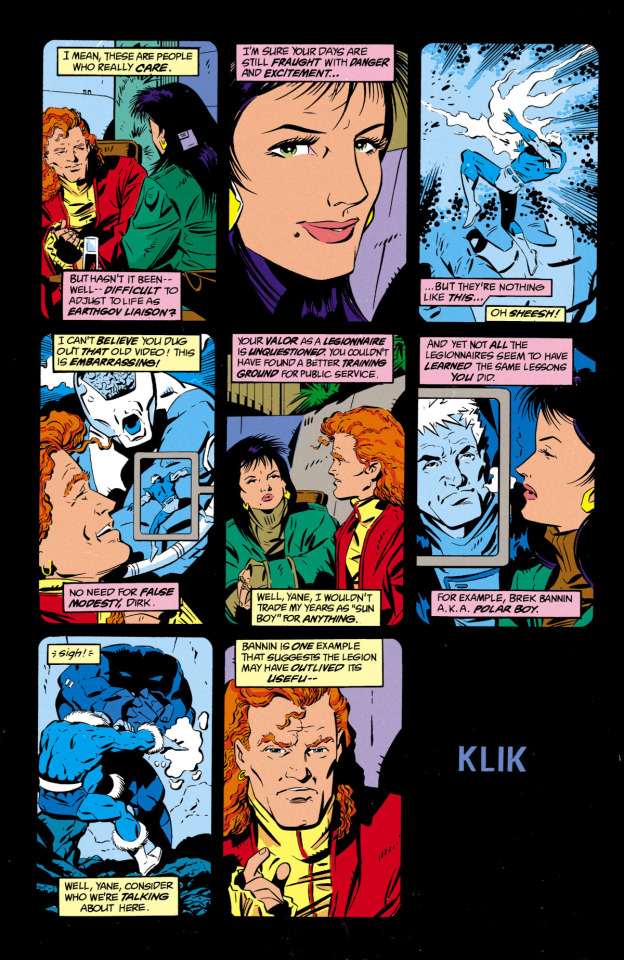
Dense, complex, and often quite dark, the storyline begins in medias res, and it takes some time to piece together what's going on (to say nothing of trying to keep straight the no-longer-costumed characters, who have real names like "Rokk Krinn"). However, there's actual substance to reward the effort, and scripters Tom & Mary Bierbaum bring the characters to vivid life. People who enjoyed BABYLON 5, DEEP SPACE NINE, or BATTLESTAR GALACTICA would probably also find much to enjoy here, although those unfamiliar with the Legion may need a cheat-sheet, and it's perhaps best to assume that the series ends after issue #36, the end of the "Terra Mosaic" arc.
This run was frequently hampered by ongoing editorial feuds, not due to its content (although that rubbed many longtime readers the wrong way), but because of issues related to the Legion's lingering ties to Superman, which resulted in a number of further continuity shuffles. Giffen actually quit several times during the run, leaving the Bierbaums floundering (issues without Giffen's name on them are usually a mess), and his final storyline in #38–#40 was an extremely bitter pill that broke the setting so thoroughly that a corrective continuity reset was basically inevitable. After his departure, the Bierbaums remained through issue #50 (and for most of the run of the ill-advised LEGIONNAIRES spinoff book), but with no direction and little editorial support, it was increasingly hopeless. DC eventually opted for an infuriating reboot that scrapped 45 years of Legion history in favor of a return to cutesy teen heroes with silly names. (Giffen's intended resolution wouldn't have been much better; his plan was to eventually reveal that the adult Legionnaires were all clones — as with Marvel's ill-fated Ben Reilly Spider-Clone storyline — which would also have been very dire.) The Legion has never really recovered, despite a further succession of partial or total reboots.
#comics#legion of super heroes#legion of superheroes#keith giffen#tom and mary bierbaum#al gordon#rokk krinn#cosmic boy#chameleon boy#reep daggle#dirk morgna#sun boy#legionnaires#the zero hour reboot was offensive#the waid reboot was a collection of bad creative choices#and inexplicably abrasive at every turn#the 2008 reboot was trying to unring a bell#the new 52 reboot couldnt decided if the bell existed or not#the bendis/sook reboot was okay but felt too flaky to stick#and its ties to present characters will undoubtedly backfire
16 notes
·
View notes
Text

Behind the scenes picture of cast and crew on set. Picture by Alex Hookway.
8 notes
·
View notes
Text
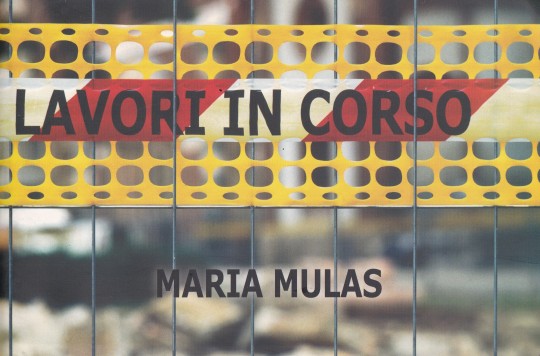
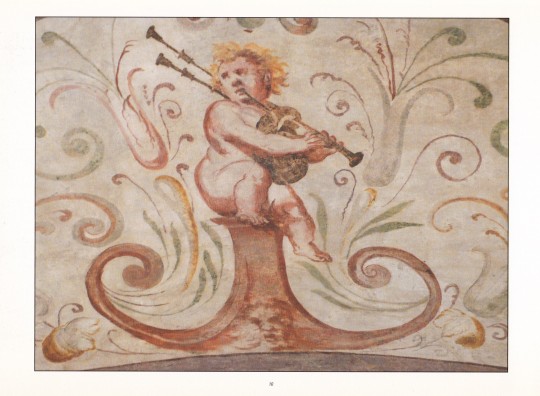




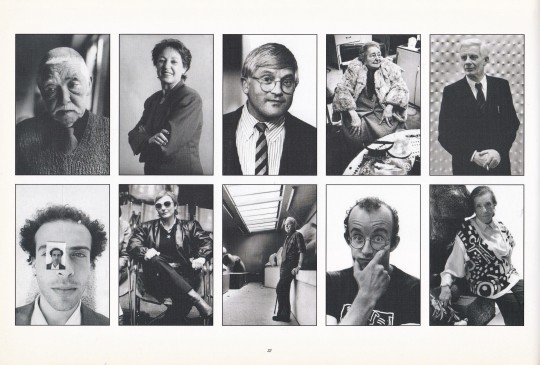
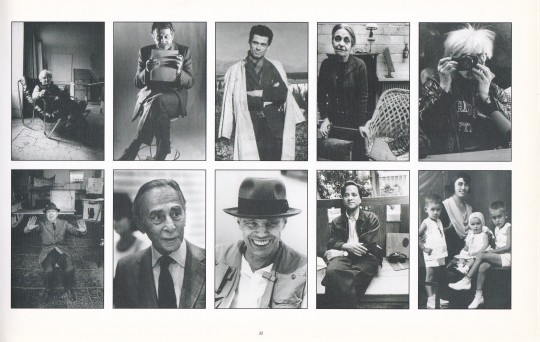
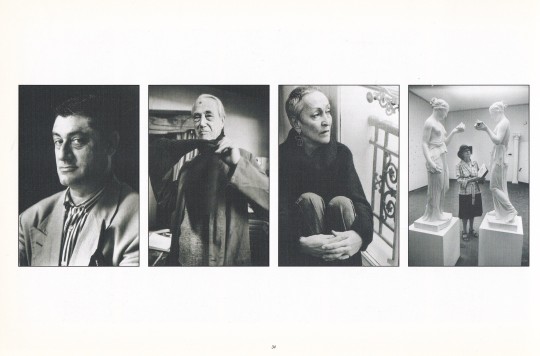

Maria Mulas Lavori in corso
Testo : Mario Fortunato, Intervista : Laura Lepetit
Studio d'Arte Raffaelli, Trento 2008, 40 pagine, 30 x 20 cm
euro 25,00
email if you want to buy [email protected]
Catalogo della mostra tenuta a Trento tra il 13 marzo e il 16 maggio 2008 per la rassegna “Sentieri Trentini”.
Volume in gran parte illustrato con belle riproduzioni a colori delle fotografie dell'artista. Con un'intervista a Maria Mulas di Laura Lepetit. Testo di Mario Fortunato, anche in inglese.
Descrivendo in un’intervista le sensazioni provate durante un viaggio attraverso il Trentino, Maria Mulas (Milano, 1956) racconta: “La mia origine stava in quei luoghi, mi sentivo felice, pervasa da una calma infinita”. La fotografa è infatti di origine trentina da parte di madre e la sua mostra rientra nel ciclo espositivo “Sentieri Trentini”, che annualmente porta lo Studio Raffaelli a invitare un artista locale o nazionale per raccontare la Regione attraverso i propri mezzi artistici. Nella prima parte della mostra, Mulas cattura ambienti, paesaggi e scorci cogliendone l’aspetto più intimo, distaccandosi in questo modo dalle rappresentazioni abituali e dall’approccio della fotografia documentaria. Al Castello del Buonconsiglio immortala gli affreschi cinquecenteschi di Romanino, che la affascinano non soltanto per la qualità artistica intrinseca ma per l’effetto che la luce tagliente crea, penetrando dalle vetrate. L’obiettivo si sofferma su alcuni particolari degli affreschi senza rivelarne l’interezza e creando in questo modo quadri autonomi. Una vicinanza tra la fotografa e i suoi soggetti si nota invece nei ritratti. Le fotografie di artisti e collezionisti scattate tra gli anni ‘70 e ‘90 non sono mera documentazione: le espressioni e gli sguardi che i protagonisti rivolgono all’obiettivo rivelano rapporti di amicizia e complicità. Tra i protagonisti della scena internazionale dell’arte ci sono Henry Moore, Andy Warhol, Joseph Beuys, Fausto Melotti, Bruce Nauman, Keith Haring, che guardano attraverso la lente della macchina fotografica rivelandosi nella propria intimità.
30/06/23
orders to: [email protected]
ordini a: [email protected]
twitter:@fashionbooksmi
instagram: fashionbooksmilano
designbooksmilano
tumblr: fashionbooksmilano
designbooksmilano
#Maria Mulas#photography exhibition catalogue#Studio Raffaelli Trento 2008#Sentieri Trentini#affreschi Castello Buonconsiglio#ritratti artisti#ritratti collezionisti#Andy Warhol#Joseph Beuys#Keith Haring#Fausto Melotti#Henry Moore#Bruce Nauman#rare books#fashionbooksmilano
15 notes
·
View notes
Text
The Rolling Stones Talk 'Cocksucker Blues' in 2008
Mick Jagger and Keith Richards about the unreleased 1972 ‘Cocksucker Blues’ movie (2008): Mick: “I wouldn’t mind releasing it. It’s fine. That’s a good movie. It didn’t come out – but that’s a classic. I wanted to make one kind of movie, but the director fucks you over because he doesn’t want to do the movie he’s agreed to make. I said, You could make this dark movie, but you got to have these…
1 note
·
View note
Text
I love this movie downnnnn 😭❤️
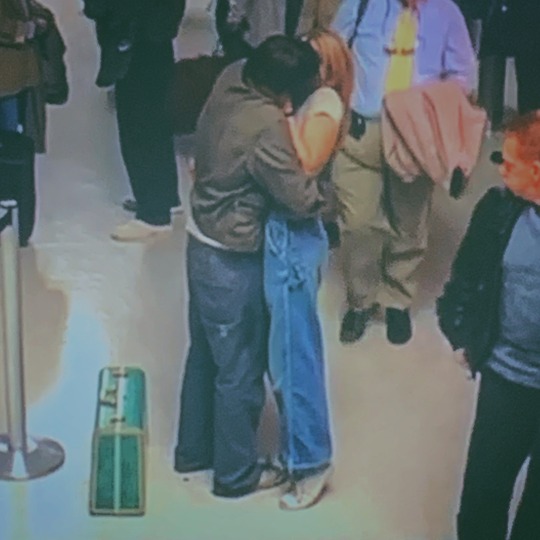
keith is underrated
Keith (2008)
Directed by Todd Kessler
#keith#keith movie#jesse mccartney#elisabeth harnois#keith zetterstrom#natalie anderson#2008#romance#drama#movie
124 notes
·
View notes
Text
The X Files: I Want To Believe (2008)
In today's review, I find rethawing conspiracies might require a little bit of faith. As I attempt a #positive review of the 2008 semi-reboot The X Files: I Want To Believe #DavidDuchovny #GillianAnderson #AmandaPeet #BillyConnolly #Xzibit #MitchPileggi
Rebooting a franchise is a lot like getting something out of cold storage, a lot of changes are going to hit you fast, and you’ll find your limbs won’t work as well as they used to. But if you can preserve, and if luck is on your side, you can find a few more years of new stories to tell. In 2008, a fair few years after its conclusion, the characters of Mulder and Scully returned for one more…
#2008#action#Adam Godley#Alex Diakun#Amanda Peet#Billy Connolly#Callum Keith Rennie#David Duchovny#drama#Fagin Woodcock#film#films#Gillian Anderson#horror#Mitch Pileggi#Movies#Nicki Aycox#positive#review#Xantha Radley#Xzibit
1 note
·
View note
Text

1 note
·
View note
Text



Lance hates Keith “Speed Racer” Kogane. Hates his dumb car. And his stupid jacket with its popped collar like he’s a reject from some 80s movie. And especially he hates his awful hair and his gross eyes that you get lost in. Lance DEFINITELY hates him. Yup. That feeling, 100% is hate.
Patrick Willems did this love letter to 2008 Speed Racer over on Nebula, and it reminded me how much I loved that movie.
319 notes
·
View notes
Text

Keith Amor Macau Grand Prix // 2008
#motorcycle#keith amor#motolegends#macau gp#macau grand prix#road race#road racing#sport bike#racing#motorsports#built for speed#ride hard or go home#2008#yamaha#yzf r6#r6#moto love#lifestyle
11 notes
·
View notes
Text
Writing Notes: Hierarchy of Needs

Abraham Maslow’s (1943) hierarchy of human needs has profoundly influenced the behavioral sciences, becoming a seminal concept in understanding human motivation.
The original pyramid comprises 5 levels:
Physiological needs: Basic requirements for survival, such as food, water, shelter, and sleep
Safety needs: Security of body, employment, resources, morality, the family, health, and property
Love and belonging needs: Friendship, family, intimacy, and a sense of connection
Esteem needs: Respect, self-esteem, status, recognition, strength, and freedom
Self-Actualization: The desire to become the best that one can be
Maslow posited that our motivations arise from inherent and universal human traits, a perspective that predated and anticipated evolutionary theories in biology and psychology (Crawford & Krebs, 2008; Dunbar & Barrett, 2007).
Maslow developed his theory during the Second World War, a time of global upheaval and change, when the world was grappling with immense loss, trauma, and transformation. This context influenced Maslow’s emphasis on the individual’s potential for growth, peace, and fulfillment beyond mere survival.
It is noteworthy that Maslow did not actually create the iconic pyramid that is frequently associated with his hierarchy of needs. Researchers believe it was popularized instead by psychologist Charles McDermid, who was inspired by step-shaped model designed by management theorist Keith Davis (Kaufman, 2019).
Over the years, Maslow (1970) made revisions to his initial theory, mentioning that 3 more levels could be added:
cognitive needs,
aesthetic needs, and
transcendence needs (e.g., mystical, aesthetic, sexual experiences, etc.).
Criticisms of the Hierarchy of Needs
Criticism of Maslow’s hierarchy of needs has been a subject of ongoing discussion, with several key limitations identified by scholars and practitioners alike. Understanding these critiques and integrating responses to them is vital for therapists aiming to apply the hierarchy in a modernized way in their practice.
Needs are Dynamic
Critics argue that the original hierarchy does not offer an accurate depiction of human motivation as dynamic and continuously influenced by the interplay between our inner drives and the external world (Freund & Lous, 2012).
While Maslow’s early work suggested that one must fulfill lower levels in order to reach ultimate self-actualization, we now know human needs are not always clearly linear nor hierarchical.
People might experience and pursue multiple needs simultaneously or in a different order than the hierarchy suggests. After all, personal motives and environmental factors constantly interact, shaping how individuals respond to their surroundings based on their past experiences.
Cultural Bias
One of the primary criticisms is the cultural bias inherent in Maslow’s original model. While many human needs can be shared among cultures, different cultures may prioritize certain needs or goals over others (Tay & Diener, 2011).
It’s often argued that Maslow’s emphasis on self-actualization reflects a distinctly Western, individualistic perspective, which may not resonate with or accurately represent the motivational structures in more collectivist societies where community and social connectedness are prioritized.
Empirical Grounding
The hierarchy has also faced scrutiny for its lack of empirical grounding, with some suggesting that there isn’t sufficient research to support the strict ordering of needs (Kenrick et al., 2010).
In practice, this limitation can be addressed by viewing the hierarchy as a descriptive framework rather than a prescriptive one.
Source ⚜ More: Writing Notes & References ⚜ Writing Resources PDFs
#writing reference#writeblr#dark academia#character development#psychology#spilled ink#literature#writing tips#writing prompt#creative writing#fiction#writers on tumblr#writing advice#story#novel#light academia#writing inspiration#writing ideas#writing resources
124 notes
·
View notes